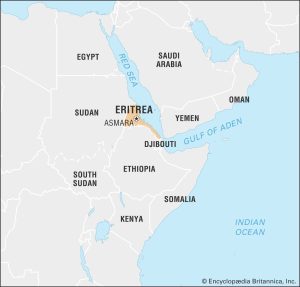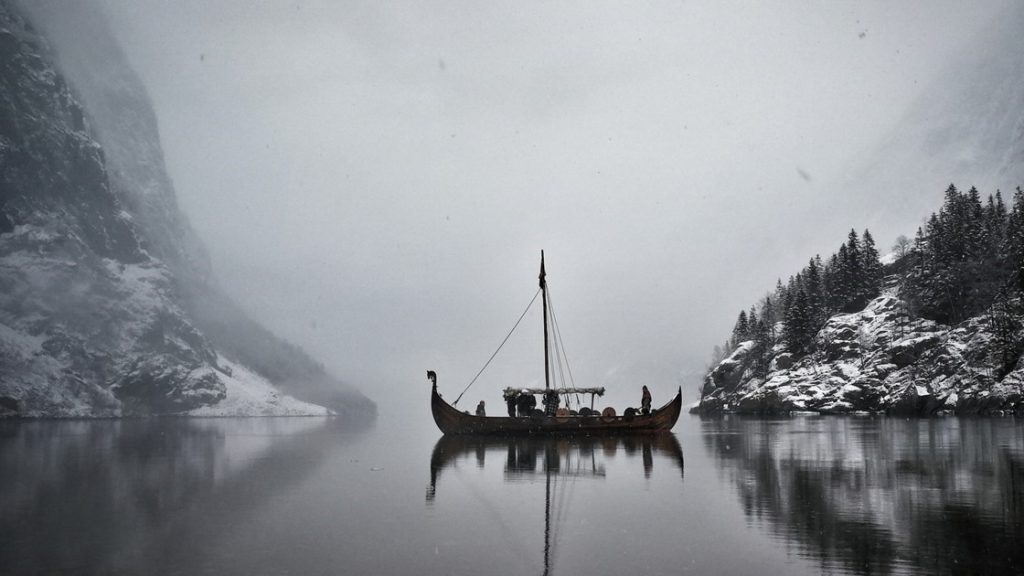History
Eritrea is a country located in the Horn of Africa with a complex and tumultuous history. In this response, I will provide a brief overview of Eritrea’s history, highlighting key events and turning points.
Eritrea’s history can be traced back to ancient times, with evidence of human habitation dating back to the 8th millennium BCE. Over the centuries, the region was inhabited by various groups, including the Axumite Kingdom and the Ottoman Empire. In the late 19th century, the Italian colonial empire established a presence in Eritrea, which became an Italian colony in 1890.
During World War II, British forces occupied Eritrea, and after the war, Eritrea became part of Ethiopia, which had also been occupied by the British. Eritrea remained part of Ethiopia until 1991, when it gained independence following a long and bloody armed struggle.
The independence movement in Eritrea began in the 1960s, with the formation of the Eritrean Liberation Front (ELF), a nationalist movement that sought to overthrow Ethiopian rule. The ELF was later joined by the Eritrean People’s Liberation Front (EPLF), which was formed in the 1970s and eventually emerged as the dominant force in the independence struggle.
The EPLF was led by Isaias Afwerki, who would go on to become the first president of independent Eritrea. In 1991, the EPLF captured the Eritrean capital of Asmara, and the Ethiopian government agreed to hold a referendum on Eritrean independence. The referendum, which was held in 1993, resulted in an overwhelming vote in favor of independence, and Eritrea became Africa’s newest nation.
Since gaining independence, Eritrea has faced a number of challenges, including a border conflict with Ethiopia that erupted in 1998 and lasted for several years. The country has also been criticized for its human rights record, including allegations of torture, indefinite detention, and restrictions on freedom of expression.
Despite these challenges, Eritrea has made progress in areas such as education, healthcare, and economic development. In recent years, the country has also sought to improve its relations with its neighbors and the international community.
Location
Eritrea is a country located in the Horn of Africa. It is bordered by Sudan to the west, Ethiopia to the south, Djibouti to the southeast, and the Red Sea to the northeast. Its geographic coordinates are 15.1794° N, 39.7823° E (CIA, 2021).
Eritrea is a relatively small country, covering an area of approximately 117,600 square kilometers (45,406 square miles) (CIA, 2021). The country is characterized by a diverse topography that includes highlands, plateaus, deserts, and coastal plains. The highlands occupy much of the central and southern parts of the country, with the highest peak, Mount Soira, reaching 3,018 meters (9,902 feet) above sea level (WorldAtlas, 2021).
Eritrea’s location on the Red Sea has historically made it a strategic trade hub, with access to the sea enabling the country to connect with other parts of the world. The country has several ports, including Massawa, Assab, and Mersa Fatuma. The capital city, Asmara, is located in the highlands, in the central part of the country.

https://www.britannica.com/place/Eritrea
Climate
Eritrea is a country located in the northeastern region of Africa, adjacent to the Red Sea. The country’s climate is characterized as arid and semi-arid, with temperatures that can vary widely depending on the season and region. According to the Köppen climate classification system, Eritrea’s climate can be categorized as BWh (hot desert) in most parts of the country, while some areas along the highland regions have a Cwb (warm temperate) climate.
Eritrea’s climate is influenced by a variety of factors, including its location near the equator, the influence of the Red Sea, the seasonal monsoons, and its topography. The country’s coastline is generally hot and humid, with temperatures ranging from 30°C to 40°C in the summer months. Inland, temperatures can be much cooler, particularly in the highland regions where the climate is more moderate.
The rainy season in Eritrea typically occurs from June to September, although the amount of rainfall can vary significantly depending on the location. The coastal regions receive the most rainfall, with annual averages ranging from 200 to 600 millimeters. Inland, the rainfall is more sporadic, with annual averages ranging from 100 to 400 millimeters.
The prevailing winds in Eritrea are the seasonal monsoons. From October to February, the country experiences the “Hagerey” monsoon, which brings dry, dusty winds from the northeast. From June to September, the “Kaskazi” monsoon brings moist winds from the southeast, which can result in heavy rainfall in some areas.
Overall, Eritrea’s climate is characterized by hot temperatures, low rainfall, and seasonal winds. These factors have a significant impact on the country’s ecosystems and economy, particularly in terms of agriculture and water resources.

https://commons.wikimedia.org/wiki/File:Eritrea_map_of_K%C3%B6ppen_climate_classification.svg
Languages
Eritrea is a country in the Horn of Africa that is home to nine major ethnic groups, each with their own language. The country’s official languages are Tigrinya, Arabic, and English. In addition to these, there are eight other recognized languages spoken throughout the country, including Tigre, Afar, Saho, Bilen, Kunama, Nara, and Rashaida.
Tigrinya is the most widely spoken language in Eritrea, and is used as the primary language for government, education, and media. It is an Afroasiatic language, and is related to Amharic, the official language of neighboring Ethiopia. Tigrinya is also spoken in Ethiopia, Sudan, and Saudi Arabia.
Arabic is the second official language of Eritrea, and is widely used in government, business, and education. It is an Afroasiatic language that is spoken throughout the Middle East and North Africa, and is the liturgical language of Islam. Eritrean Arabic is a dialect of the language that has been heavily influenced by the local Tigrinya language.
English is also an official language of Eritrea, and is taught in schools from an early age. It is used primarily in business and government, as well as in international communication. English has been an official language of Eritrea since the country gained independence from Ethiopia in 1993.
The other recognized languages of Eritrea are Tigre, Afar, Saho, Bilen, Kunama, Nara, and Rashaida. Tigre is spoken by the Tigre people in the western part of the country, and is closely related to Tigrinya. Afar is spoken by the Afar people in the east, and is also spoken in Ethiopia and Djibouti. Saho is spoken by the Saho people in the southern part of the country, and is also spoken in Ethiopia. Bilen is spoken by the Bilen people in the western part of the country, and is closely related to Tigre. Kunama is spoken by the Kunama people in the west, and Nara is spoken by the Nara people in the southeast. Rashaida is spoken by the Rashaida people in the northeast.
In conclusion, Eritrea is a multilingual country with a diverse range of languages spoken throughout its various regions. The three official languages of Tigrinya, Arabic, and English, along with the other recognized languages, are an important part of the country’s cultural and linguistic heritage.




